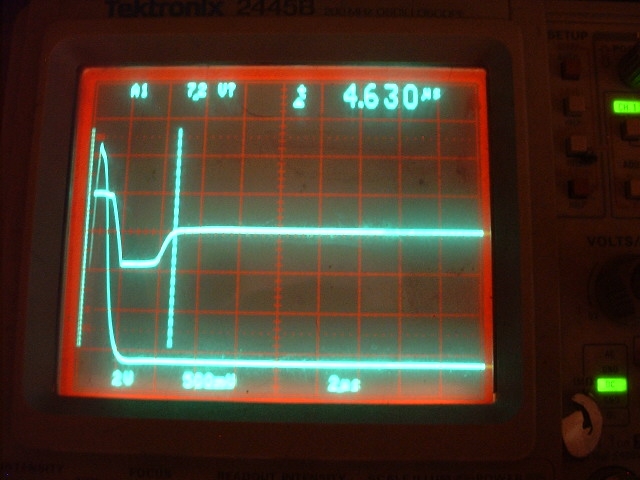Ok here comes my dumb question. I think we all get one or two questions like this. How do you measure delay time. Does it start at the turn off of the pulse to the fet and when do you consider the time to start taking a sample, is that the time the counter emf pulse reaches aprox zero? Do you want the counter emf pulse to have as short a width as possible, mine reads about 12 usec depending on the coil I use. Also what is considered overdamped and underdamped on the waveform. I use dave emery's concentric coil design and I do not want to over damp the tx coil or the rx coil.
Thanks
Ray
Thanks
Ray


Comment